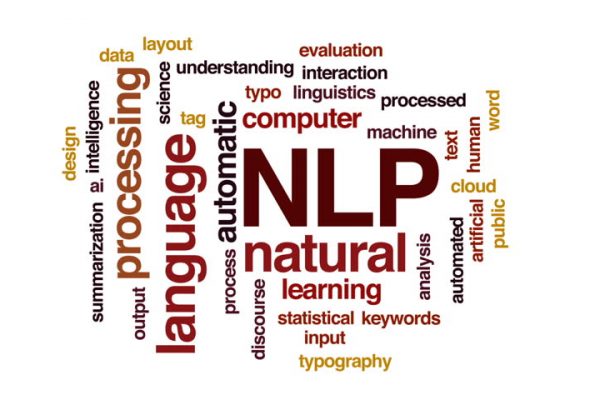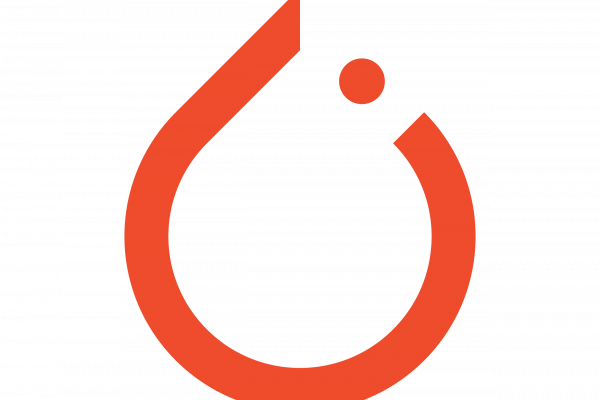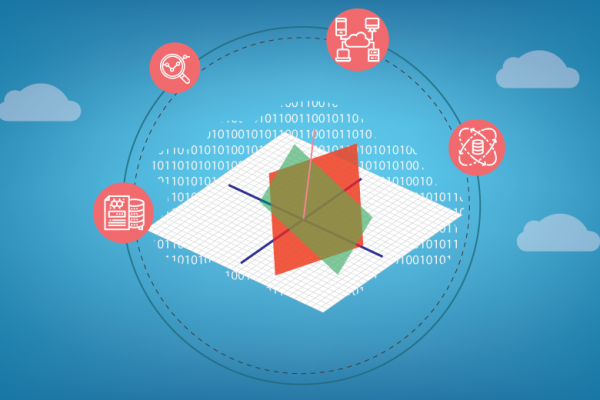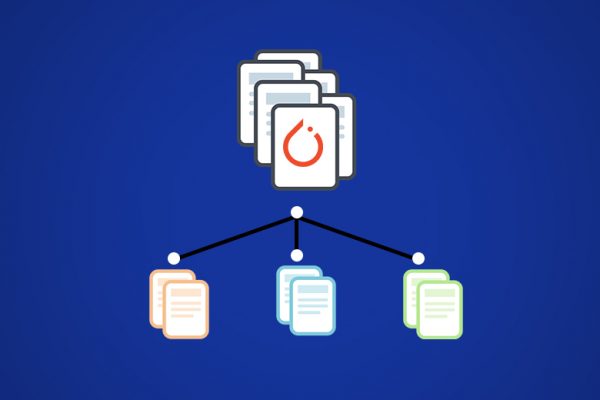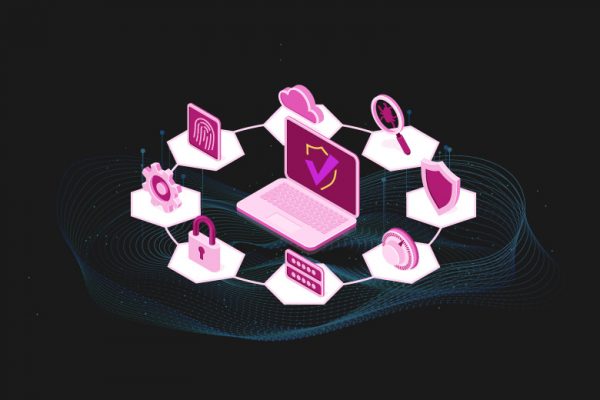Introduction to Structuring Customer complaints explained with examples
Introduction In past, if you were not particularly happy with a service or a product, you would go to the service provider or the shop and lodge a complaint. With services-businesses going online and due to enormous scale, lodging complaints in-person may not be always possible. Electronic ways such as emails, social media and particularly websites like www.consumercomplaints.in focusing on such issues, are widely used platforms to vent out the anger as well as publicizing the issue in expectancy of […]
Read more

